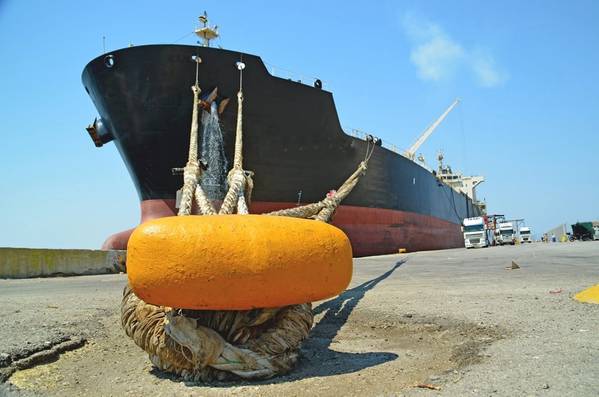
The valuation of the global shore power market is poised to reach $1.55 Billion by 2027, according to a research report by Market Research Future (MRFR).
The market outlook appears extremely promising amid supportive government policies focused on controlling pollution levels and the impacts of climate change are opening new growth paths for the industry. New emerging technologies would address these challenges and completely transform the renewable energy industry by changing business models, policies and investment patterns.
Docked ships don’t need energy for propulsion but for several other functions that remain working, including HVAC systems, cargo handling systems, control systems, and others. While generators that are still running to keep these functions operative pollute the atmosphere with noise and emissions as well as contribute to global climate emissions. Here, shore power comes to play, not just providing the power but also helping to control carbon footprints.
Shore power has been used extensively to draw power from the land-based mains supply to power vessels with moderate power requirements. Small vessels are typically capable of using normal grid voltage & frequency and replacing the energy with the shore power with only marginal investments.
Serving larger vessels with higher power requirements with shore power gets slightly more complicated and requires relatively costly installations. On average, very few vessels and ports are capable of making use of shore power that demands upgraded grid capacity, frequency converters, and huge funds to address complex high power connectors.
MRFR's report finds the Asia Pacific region dominates the shore power market as stringent emission regulations and mounting air pollution concerns boost the market size.
Skyrocketing demand for energy, rapid depletion of non-renewable energy sources such as fossil fuels, and scarcity of land in the region are key driving forces behind the growth of the shore power market. Furthermore, government initiatives to promote renewable energy, rapid growth in the utility sector, and the presence of flourishing marine vessel manufacturing units are some of the other factors impacting the regional market growth.
Significant grants and funding are allocated to cover the expenditures required to install shore power infrastructure at the marine terminals. The Bay Area Air Quality Management and Maritime Administration teams contribute colossally to port shore power projects. Additionally, shipping lines bear a major chunk of costs associated with retrofitting vessels to plug into shore power.
Rising developments of shore power systems designed to be installed vertically or horizontally are seen. There is a huge demand for systems featuring a lightweight, compact design and form factor and easily deployable in small spaces. Shore power systems with lightweight, compact aspect ratios and aesthetic yacht finish are in demand as they add resale value.
Highly competitive, the shore power market appears fragmented due to the presence of several well-established players. Technology providers are boost investments in product development and improve design concepts, the report finds.



